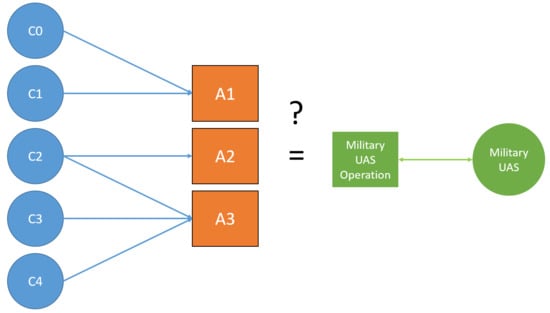EASA’s “Open” Category for Military UAS: Opportunities and Limitations in the Field of Airworthiness
Abstract
Share and Cite
Hirling, O.; Holzapfel, F. EASA’s “Open” Category for Military UAS: Opportunities and Limitations in the Field of Airworthiness. Aerospace 2018, 5, 70. https://doi.org/10.3390/aerospace5030070
Hirling O, Holzapfel F. EASA’s “Open” Category for Military UAS: Opportunities and Limitations in the Field of Airworthiness. Aerospace. 2018; 5(3):70. https://doi.org/10.3390/aerospace5030070
Chicago/Turabian StyleHirling, Oliver, and Florian Holzapfel. 2018. "EASA’s “Open” Category for Military UAS: Opportunities and Limitations in the Field of Airworthiness" Aerospace 5, no. 3: 70. https://doi.org/10.3390/aerospace5030070
APA StyleHirling, O., & Holzapfel, F. (2018). EASA’s “Open” Category for Military UAS: Opportunities and Limitations in the Field of Airworthiness. Aerospace, 5(3), 70. https://doi.org/10.3390/aerospace5030070






